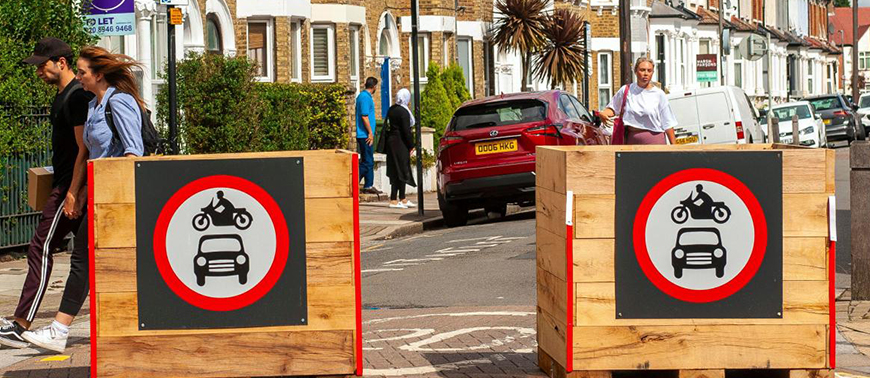
Published: 2024-03-12 by, News Team in the Traffic & Travel news category
New Research Reveals LTNs Deliver 100 Fold Health Benefits vs. Costs
A comprehensive long-term study examining active travel measures, such as low-traffic neighborhoods (LTNs), has revealed their potential to generate public health benefits up to 100 times greater than the cost of implementation. The research, conducted over six years in three outer London boroughs that introduced LTNs or similar schemes, found that these initiatives led people to shift some trips from cars to active travel, though effects varied.
The cumulative public health benefit of increased physical activity was estimated at £4,800 per local adult over a 20-year period, compared to a cost per person of £28-£35, or £112, for building LTNs, depending on the type of scheme. Notably, the positive impacts, particularly on walking and cycling rates, were more noticeable after a year or two of implementation, cautioning against premature judgments on an LTN's success.
On the same day, Lambeth Council in south London dismantled an LTN scheme following complaints of significantly slower bus journey times on a main road. Despite occasional controversies, the study, led by Prof Rachel Aldred of Westminster University, suggested that the positive benefits of LTNs tend to grow over time, with a benefit-to-cost ratio estimated between 50-1 and 200-1.
The study emphasized the counterproductive nature of blocking new LTNs, citing potential negative impacts on traffic planning and public health. It was based on surveys conducted over a six-year period in three outer London boroughs—Enfield, Kingston, and Waltham Forest—along with a control group in other outer boroughs. Respondents were categorized into "low dose," "high dose," and a control group, showing notable increases in reported walking and cycling levels among those inside LTNs.
Both LTN and non-LTN areas also exhibited signs of decreased car ownership, albeit marginal in the non-LTN group. Utilizing a Department for Transport tool, the study calculated a total 20-year dividend from the LTN areas in the three boroughs at slightly over £1bn, with £821m attributed to public health. It revealed an annual avoidance of 37 deaths and over 500,000 sick days due to increased physical activity.
The study asserted that active travel interventions, especially low-traffic neighborhoods, offer high value for money when considering the health economic benefits derived from physical activity in comparison to the costs of scheme implementation.
Curious to find out more? For more information about Science Direct LTN Study, you can get details online here.
Back To Main News & Articles List...
KEEP YOUR FINGER ON THE PULSE!
Experience the heartbeat of Chiswick like never before! Join our weekly Chiswick Newsletter and immerse yourself in a weekly dose of deals, happenings, exciting events, exclusive news, reviews, articles and local Chiswick updates.
SUBSCRIBE TO THE CHISWICK NEWSLETTER NOW